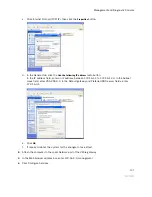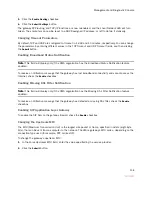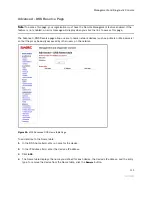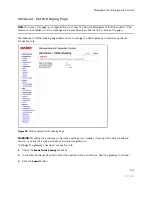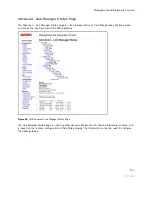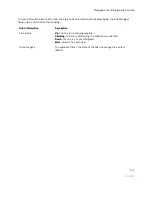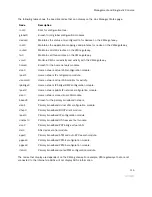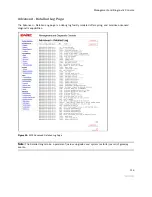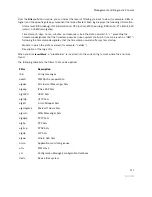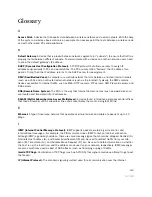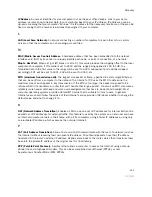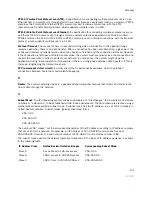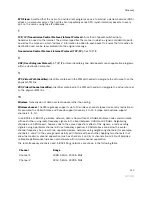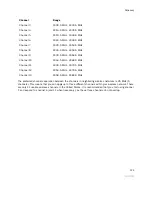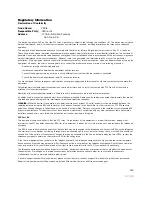
Glossary
121
IP Address.
A numeric identifier for your computer. Just as the post office delivers mail to your home
address, servers know to deliver data to your computer based on your IP address. IP addresses can be
dynamic, meaning that your computer “borrows” the IP address for the necessary timeframe, or they can be
fixed, meaning that the number is permanently assigned to your computer.
L
LAN (Local Area Network).
A network connecting a number of computers to each other or to a central
server so that the computers can share programs and files.
M
MAC (Media Access Control) Address.
A hardware address that has been embedded into the network
interface card (NIC) by its vendor to uniquely identify each node, or point of connection, of a network.
Map to Host Port.
When set (not left blank or set to 0), this value provides the mapping offset to the local
computer. For example, if this value is set to 4000 and the range being opened is 100 to 108, the
forwarded data to the first value in the range will be sent to 4000. Subsequent ports will be mapped
accordingly; 101 will be sent to 4001, 102 will be sent to 4002, etc.
MTU (maximum transmission unit).
The largest size packet or frame, specified in octets (eight-bit bytes),
that can be sent from a computer to the network. The Internet's TCP uses the MTU to determine the
maximum size of each packet in any transmission. If the MTU is too large, the packet may need to be
retransmitted if it encounters a router that can't handle that large a packet. Too small an MTU size means
relatively more header overhead and more acknowledgements that have to be sent and handled. Most
computer operating systems provide a default MTU value that is suitable for most users. In general,
Internet users should follow the advice of their Internet service provider (ISP) about whether to change the
default value and what to change it to.
N
NAT (Network Address Translation).
Enables a LAN to use one set of IP addresses for internal traffic and a
second set of IP addresses for external traffic. This feature is used by the system so an end user can have
an internal computer network in their home, with all its computers using internal IP addresses, using only
one routable IP address, which accesses the outside (Internet).
P
PAT (Port Address Translation).
Allows hosts on a LAN to communicate with the rest of a network (such as
the Internet) without revealing their own private IP address. All outbound packets have their IP address
translated to the router’s external IP address. Replies come back to the router, which then translates them
back into the private IP address of the original host for final delivery.
PPP (Point-to-Point Protocol).
A protocol that allows a computer to access the Internet using a dial-up
phone line and a high-speed modem. This can be accomplished over Ethernet (PPPoE), or over
Asynchronous Transfer Mode (ATM; PPPoA).
Summary of Contents for Gateway
Page 1: ...2Wire Gateway User Guide ...

